Terms and Definitions
Dashboard
The Dashboard is the landing page after logging in. It’s bright and colorful and keeps you up to date on key information changes, message notifications, and snapshots of things like upcoming birthdays and contribution summaries.
Households
Households are grouped people who live or give from the same household. These people typically (not always) reside in the same physical household. This tool is designed to keep families’ data together.
People
The people tool keeps an individual’s data. On the People page, you will find everything from phone numbers to notes about hospital visits- and also the individual’s financial contributions.
Contributions
Contributions are giving records. These are assigned to People, but you can also see giving records by Household. Under the Contributions menu in the Top Menu, you will find the tools needed to enter, edit, and report on the contributions that are made to your ministry.
*Keep in mind that contributions can also include non-financial donations. These are often referred to as gifts-in-kind or in-kind donations. These items can easily be tracked using your contributions tool as well.
Deposit
As you come to a stopping point of entering your contributions (in a batch) you should make a deposit. In Empower, a Deposit refers to a batch of financial contributions. Empower is designed for you to be able to organize these batches in a way that makes it easier to deposit at your local bank as well as to keep track of in your records.
Fund
As you collect contributions it is important to know where those funds should be allocated. Are the contributions specified/designated or not? Are they tax-deductible or not? These are rules that can be applied simply by categorizing contributions to the appropriate Fund.
Roles
As you begin to utilize Empower, you will want to empower (pun-intended) your leadership. This is where Roles are key. Roles allow you to set specific permissions for each user that logs into Empower.
User
A user is defined as anyone that has access to your Empower account via their own login information. These are important to set up. For instance, instead of sharing the same Administrator log-in, you can set up separate accounts. So if your youth pastor decides to log in and delete 16 people (it happens, we promise) you’ll know what happened. Or you can block them from doing so using the Roles tool.
Newsletter
Newsletters have a multitude of possibilities for your ministry. They are versatile and easy to create. Newsletters can be set to send at specific times. They are much like a mass email (but easier to customize). They can also be posted for public access from a specified url.
Issues
Issues are created from Newsletter templates. You create a really awesome Newsletter that you want to send monthly. Use the same design and format, but create a new Issue. This allows you to organize the sent letters better, plan to send them in the future, and also saves you a lot of time in recreating.
Empower equips you with the ability to email one person or send a mass email to every contact in the database- all from within the Empower software. No third-party software, no extra steps- just click, create, and send. Contacts can also reply to email messages and you will receive them each time you log in.
Text Messaging
Just like email messaging, text messaging is possible for both individuals and mass groups. From any Page or Detail Pane that includes phone numbers, users (with permissions) are able to send text messages directly to members. Replies to these messages are also returned to the Empower software- users are able to read and converse all within the platform.
Caring / Care Notes
Unfortunately, people sometimes are admitted to hospitals, nursing homes, and other facilities. The Caring tool allows your team to keep track of those members’ locations, updates, and needs. You can find this tool on the People page under the Profile Tabs in the Detail Pane.
Notes
Notes are found in both the Household and People pages. These notes can be organized into (user customized) categories, making it easier to keep applicable notes on any member at any time. Keep track of discipleship, benevolence, or anything that fits your ministry model.
Advanced Search
The Advanced Search tool is found to the right of the Navigation Search bar. This tool allows you to filter your data with nearly unlimited parameters. You will only be limited by the data that you collect.
For more information on using the Advanced Search tool, click here.
Navigation Pane
Empower’s data screens are divided into two basic panes. The Detail Pane and the Navigation Pane. The Navigation Pane refers to the panel of names/titles on the left side of the screen. These, when clicked, show the details attributed to that person, group, or event.
Detail Pane
The Detail Pane is located to the right of the data pages. This pane will display all of the information about the particular Household, People, or events that are selected in the Navigation Pane.
Top Menu
The Top Menu refers to the blue bar that runs across the top of the Empower screen. This Top Menu houses the menu items and the drop-down menus containing key tools.
